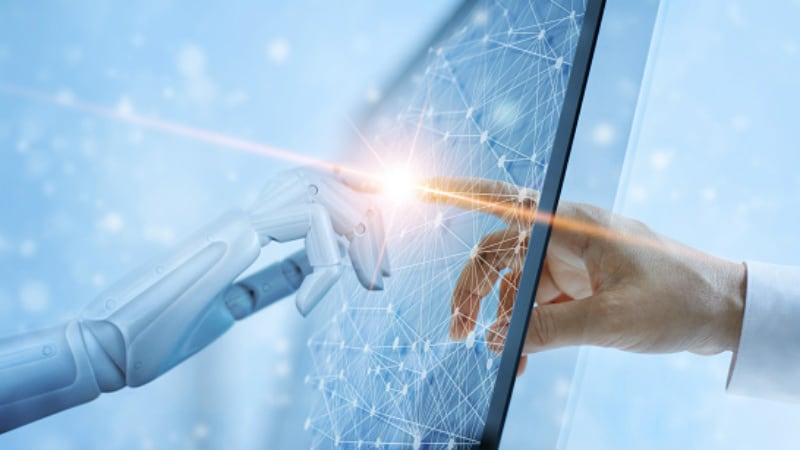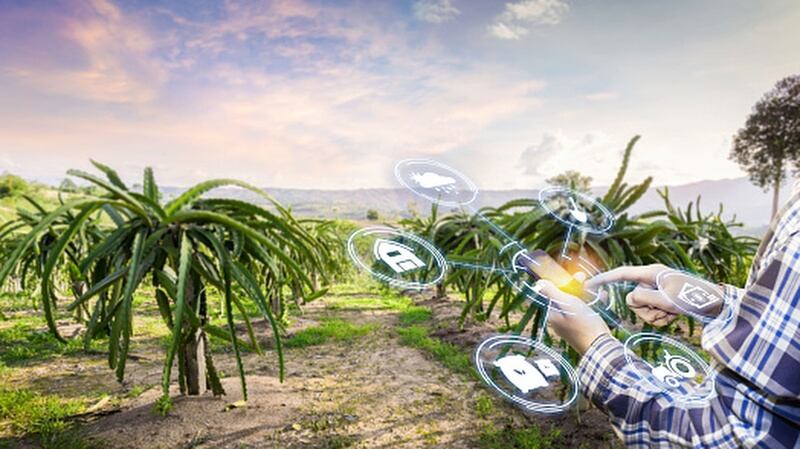According to seafood sector digitalisation specialist firm ThisFish, at present the average age of digital technologies being used in seafood processors and distributors is estimated at 26 years.
This compares to an average of eight years in the aquaculture’s sector, which has been more adept at adopting newer technology such as artificial intelligence.
“There is a very significant difference in the rate of technological change as well as the types of technologies being adopted to improve efficiencies across the seafood supply chain, which has impacts on the overall efficiencies,” ThisFish CEO Enno Tamm told the floor at a seafood conference .
“The situation with seafood processors is that these tend to operate in a more traditional manner, especially in markets like Asia, and there also tend to be a lot of legacy issues to deal with when it comes to making such changes.
“Aquaculture firms on the other hand are mostly younger and much faster to adopt new tech such as AI, and as a result the rate of innovation is much higher, about twice as fast as other segment within the seafood industry.”
A good 62% of seafood software companies launched in the last 10 years were targeted at aquaculture, with the majority of these (65%) being AI-focused firms.
“[This could be linked to the fact that] investment is a lot more actively going into aquaculture – we’re talking numbers of US$589mn having gone into aquaculture as compared to just US$19mn into regular fisheries over the past few years,” he added.
“According to Crunchbase, of the top 10 capital raises for seafood in 2022 totalling US$944mn, 86% of this was targeted at aquaculture firms [such as] Indonesia’s eFishery, Aruna and Aquaconnect; India’s Captain Fresh and Singapore’s Umitron – all the rest (fisheries, seafood processors, traceability tech, quality control, etc.) together took just 14% of this total.”
The irony here is that the seafood industry is viewed as one of the sectors most in need of AI technology intervention to become more future-proof due to its sheer complexity.
“The seafood has many, many variables due to the nature of the supply chain, with possibly some of the most complex problems that need to be solved,” he said.
“All these data points and variables need to be taken into account to predict outcomes and improve efficiencies, and AI has become crucial to analysing these in a timely manner and solving the issues that seafood is facing all throughout the supply chain network.
“These can include yield prediction, drain weight prediction, cost prediction, mortality prediction and more - but technology adoption not being at all consistent in the industry [can complicate] overall supply chain improvement.”
Quality at every stage
One of the areas that has developed the furthest in seafood AI development has been quality control, a crucial area due to food safety and brand reputation concerns.
“This area of AI is called Automated Visual Inspection, and applies to all types of products including raw (e.g. raw whole salmon), semi-finished (e.g. salmon fillets) and finished (e.g. salmon sashimi slices) items,” Tamm said.
“Raw fish requires quality control in terms of areas such as size measurement, species identification and quality classification; semi-finished products need colour classification, the detection of defects, size and quantity measurements and more; whereas finished products need to be checked for quantity or defects, labelling compliance and so on.
“All of these are areas that AI comes into play, enhancing efficiencies by automating these checks and importantly performing this QC on all of the products produced by the seafood firm instead of just random sampling – this means that for example all salmon fillets can now be subjected to such tight checks, as opposed to just some of them, and so many potential consumer complaints could potentially be averted.”





